Out Now
The Aussie Issue
Current Issue
The Aussie Issue
DEC 25 - JAN 26
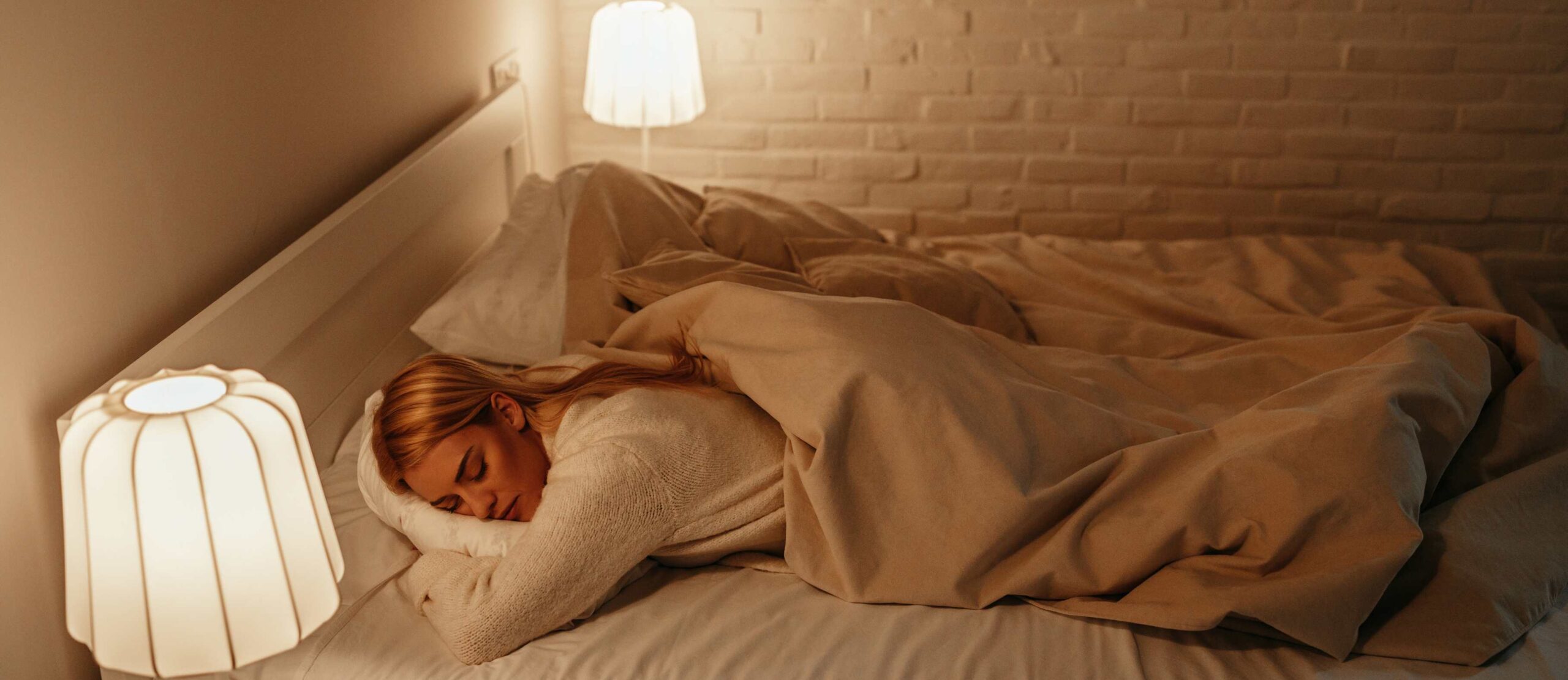
The light we are exposed to at different points in the day has a dramatic effect on our quality of sleep.
How lights help us sleep – and wake up, too!
When we are exposed to light in the morning, it activates the hypothalamus, a key part of the brain, to secrete a hormone called cortisol, which wakes us up, keeps us alert, and suppresses melatonin.
The photoreceptors in the retinal cells of our eyes are the pathway of light to our brain and are especially sensitive to short wavelengths of light, mainly blue and green.
Natural light in the morning contains a high amount of blue light, which reduces in the late evening. Consequently, the photosensitive retinal cells signal the brain to release melatonin into our bloodstream, causing drowsiness and helping us sleep.
This is how a normal sleep-wake cycle works.
If that’s the case, are there any lights that can help us sleep better?
There are few studies that suggest red light may stimulate melatonin production in people and can improve sleep quality.
A 2012 study also found that red light at an intensity of 10 lux or higher had the potential to induce sleep in mice. However, anything less than 10 lux had no effect.
Red light has longer wavelengths than blue light and can be less disruptive to sleep.
Red light also has a lower colour temperature than sunlight, which means it is a “warm” colour – on the lower end of the light spectrum – and can help make the transition from daylight to nighttime easier, without disrupting sleep.
Other colours close to red on the colour spectrum, such as yellow, orange, and amber, may also promote a good night’s sleep. Yellow and orange lights have little effect on the circadian rhythm and amber lights mimic the amber spectrum of candlelight and firelight, which can be soothing for sleep.
There has been some suggestion to use soft pink light for sleep, since it is a combination of red and purple light waves, but there is no research as yet to back its effectiveness.
Many fluorescent lights, LEDs, and digital screens contain blue light.
While LEDs are popular from an energy-saving perspective, it’s important to remember that many ‘white’ LEDs emit a full visible spectrum of light, which includes blue light.
Cool white lights emit more blue than “warmer” white LEDS. Blue light is not bad light, but if you are exposed to it at night, it can disturb your sleep cycle.
Even though they seem to be the better option, red and amber lights still emit a tiny amount of blue and green light.
While it’s not visible to the naked eye, it can still disrupt your sleep, especially if you are using these lights in your bedroom as night lights or mood lights.
Fortunately, new innovations in lighting are leading to energy-efficient LEDs that sync with your biological rhythm. You can now get your hands on specially designed lights that only emit specific wavelengths without emitting blue or green light.
Since the current research on red light is limited, it’s too early to conclude that it can be used to promote good sleep.
However, one thing is clear – if you want to get a good night’s sleep, steer clear of blue and cool white lights!
Keep up to date with our latest news and competitions by subscribing to our regular newsletter.

Issue 189
OCT - NOV 2025

Issue 188
AUG - SEPT 2025
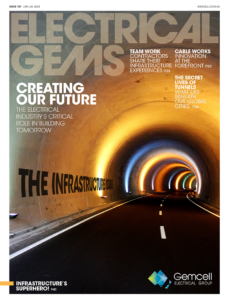
Issue 187
JUN - JUL 2025
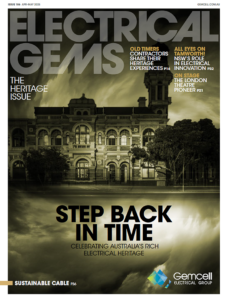
Issue 186
APR - MAY 2025

Issue 185
FEB - MAR 2025

Issue 184
DEC 2024 - JAN 2025

Issue 183
OCT - NOV 2024
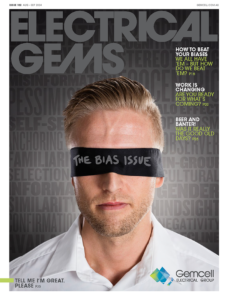
Issue 182
AUG - SEPT 2024

Issue 181
JUN - JUL 2024
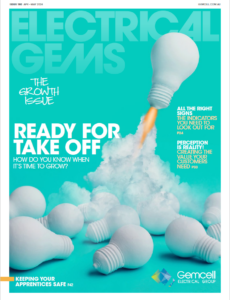
Issue 180
APR - MAY 2024

Issue 179
FEB - MARCH 2024

Issue 178
DEC 2023 - JAN 2024
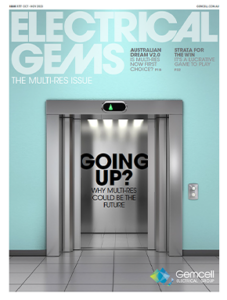
Issue 177
OCT - NOV 2023
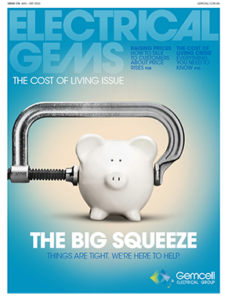
Issue 176
AUG - SEPT 2023
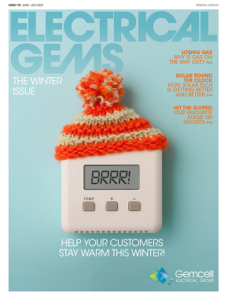
Issue 175
JUN - JUL 2023
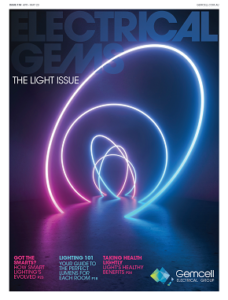
Issue 174
APR - MAY 2023

Issue 173
FEB - MAR 2023
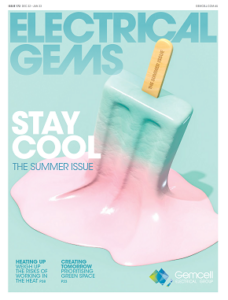
Issue 172
DEC 2022 - JAN 2023
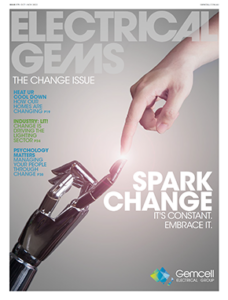
Issue 171
OCT - NOV 2022
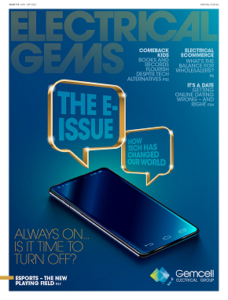
Issue 170
AUG - SEPT 2022

Issue 169
JUN - JUL 2022

Issue 168
APR - MAY 2022
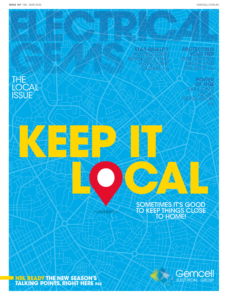
Issue 167
FEB - MAR 2022

Issue 166
DEC 2021 - JAN 2022
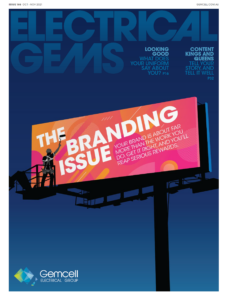
Issue 165
OCT - NOV 2021
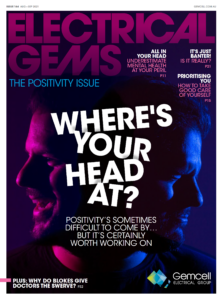
Issue 164
AUG - SEPT 2021
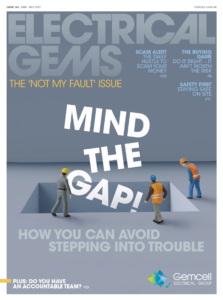
Issue 163
JUN - JUL 2021
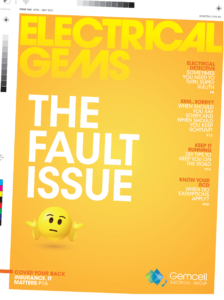
Issue 162
APR - MAY 2021

Issue 161
FEB - MAR 2021

Issue 160
DEC 2020 - JAN 2021
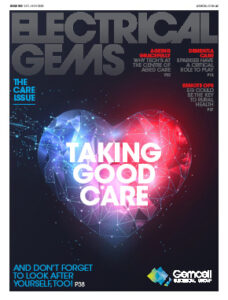
Issue 159
OCT - NOV 2020

Issue 158
AUG - SEPT 2020
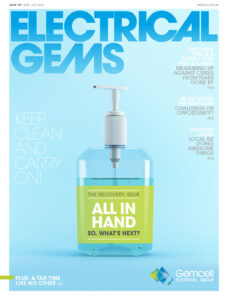
Issue 157
JUN - JUL 2022

Issue 156
APR - MAY 2020

Issue 155
FEB - MAR 2020

Issue 154
DEC 2019 - JAN 2020
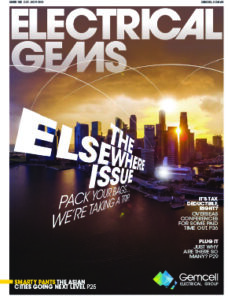
Issue 153
OCT - NOV 2019

Issue 152
AUG - SEPT 2019
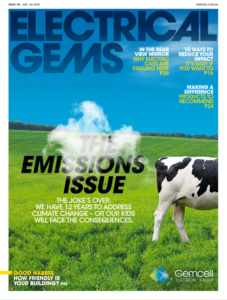
Issue 151
JUN - JUL 2019

Issue 150
APR - MAY 2019
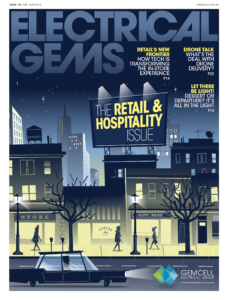
Issue 149
FEB - MAR 2019
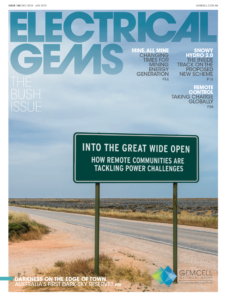
Issue 148
DEC 2018 - JAN 2019

Issue 147
OCT - NOV 2018
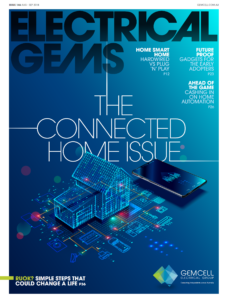
Issue 146
AUG - SEPT 2018

Issue 145
JUN - JUL 2018
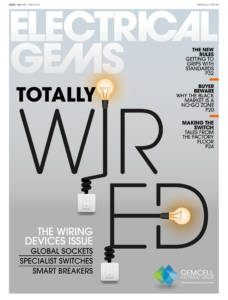
Issue 144
APR - MAY 2018
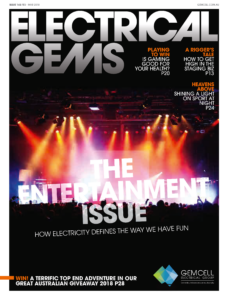
Issue 143
FEB - MAR 2018

Issue 142
DEC 2016 - JAN 2017
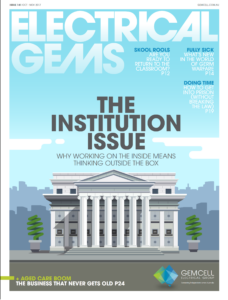
Issue 141
OCT- NOV 2017
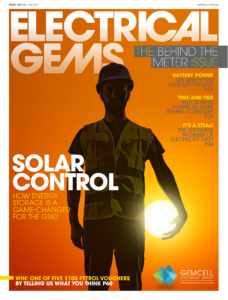
Issue 140
AUG - SEPT 2017
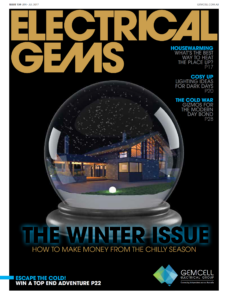
Issue 139
JUN - JUL 2017

Issue 138
APR - MAY 2017

Issue 137
FEB - MAR 2017

Issue 136
DEC 2016 - JAN 2017
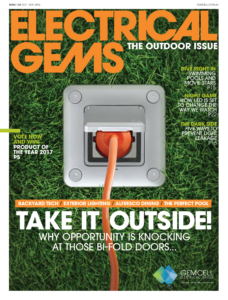
Issue 135
OCT - NOV 2017
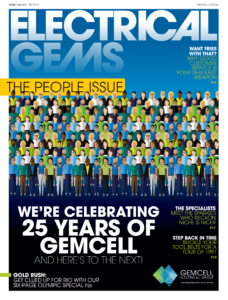
Issue 134
AUG - SEPT 2016
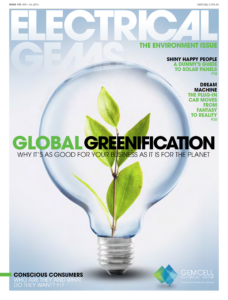
Issue 133
JUN - JUL 2016
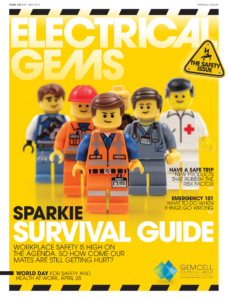
Issue 132
APR - MAY 2016
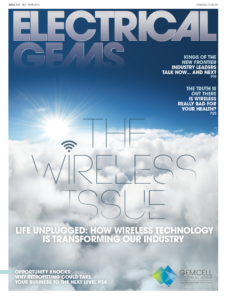
Issue 131
FEB - MAR 2016

Issue 130
DEC 2015 - JAN 2016
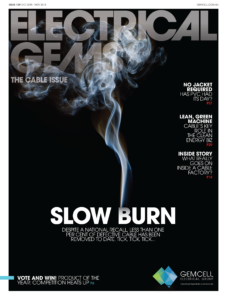
Issue 129
OCT - NOV 2015

Issue 128
AUG - SEPT 2015
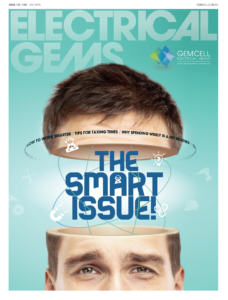
Issue 127
JUN - JUL 2015

Issue 125
APR - MAY 2015
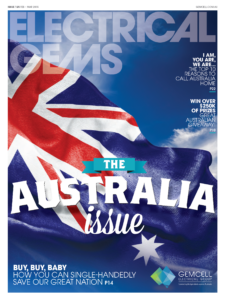
Issue 125
FEB - MAR 2015
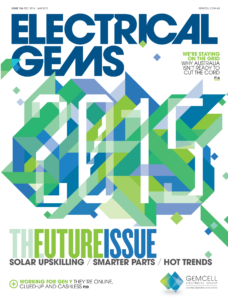
Issue 124
DEC 2014 - JAN 2015
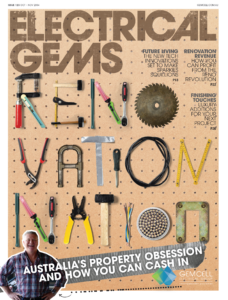
Issue 123
OCT - NOV 2014

Issue 122
AUG - SEPT 2014

Issue 121
JUN - JUL 2014
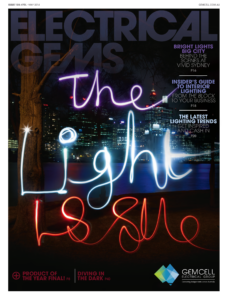
Issue 120
APR - MAY 2014
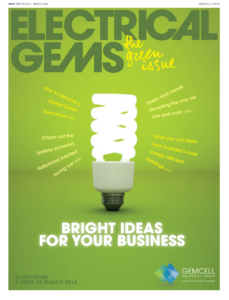
Issue 119
FEB - MAR 2014
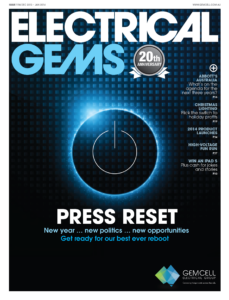
Issue 118
DEC 2013 - JAN 2014

Issue 117
OCT - NOV 2013

Issue 116
AUG - SEPT 2013

Comments (0)
Write a Comment